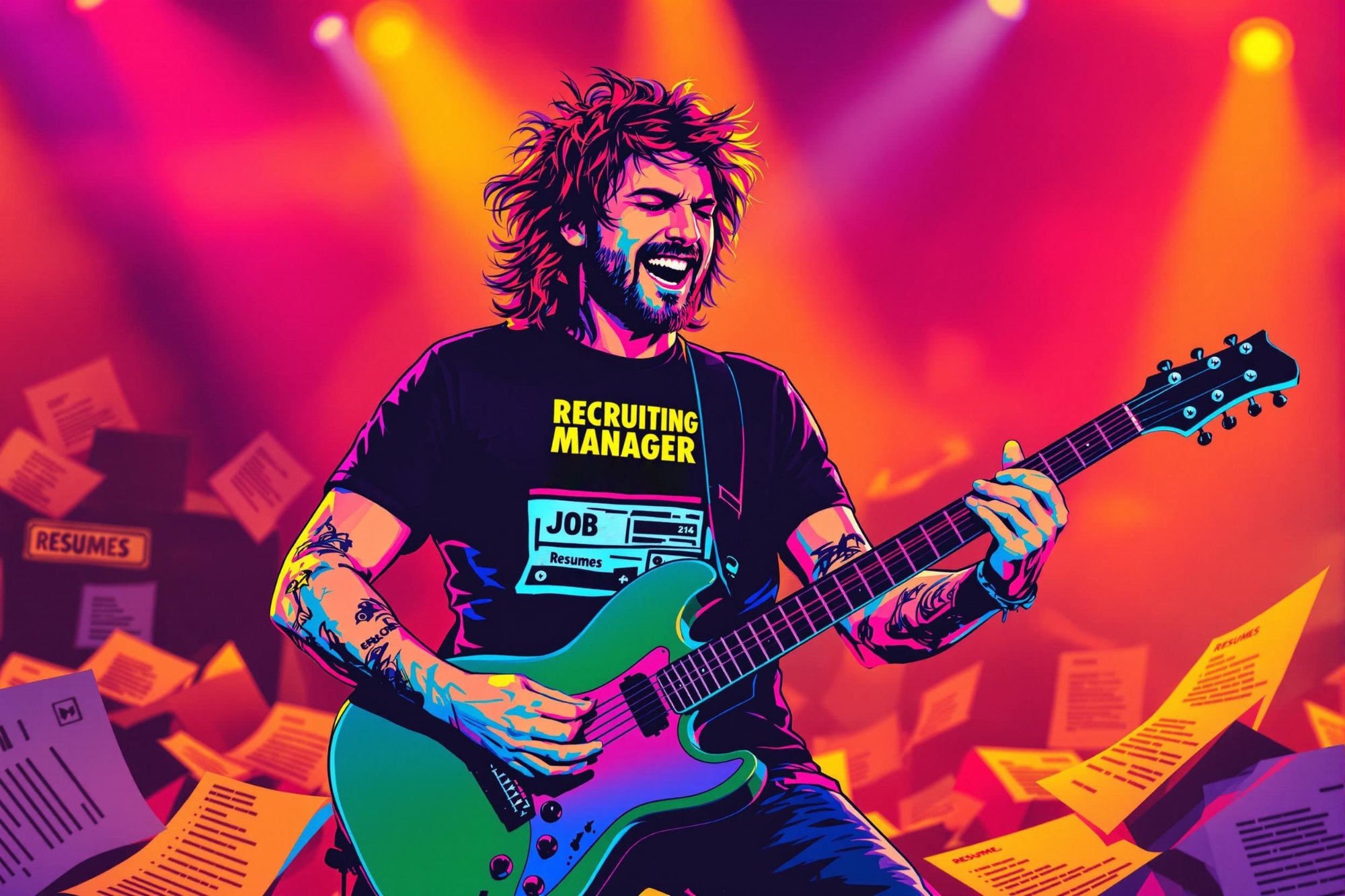
Animation Rigging
Animation Rigging is like creating a digital skeleton inside video game characters or 3D models that allows them to move naturally. Think of it as putting invisible puppet strings on a character that animators can use to make them walk, run, or perform actions. It's similar to how a puppeteer controls a marionette, but in the digital world. This is a crucial step between creating a static 3D model and making it move in games. Without rigging, characters would be like statues - they might look great but couldn't move. This skill is essential in both video game development and animated movies.
Examples in Resumes
Created advanced Animation Rigging systems for main character movements in a AAA game title
Optimized Animation Rig setups for better game performance across multiple characters
Developed custom Animation Rigging tools to speed up character animation workflow
Implemented complex Character Rigging solutions for a team of animators
Typical job title: "Technical Animators"
Also try searching for:
Where to Find Technical Animators
Online Communities
Job Boards
Professional Networks
Example Interview Questions
Senior Level Questions
Q: How would you approach rigging a character that needs to transform between human and animal forms?
Expected Answer: A senior rigger should explain their problem-solving process, including planning the skeleton structure that works for both forms, creating a system for smooth transitions, and ensuring the setup is efficient for animators to use.
Q: Tell me about a time you improved a rigging pipeline to make it more efficient.
Expected Answer: They should describe specific examples of creating tools or systems that helped their team work faster, showing both technical knowledge and understanding of production needs.
Mid Level Questions
Q: How do you ensure your character rigs are animator-friendly?
Expected Answer: Should discuss creating clear controls, maintaining consistent naming conventions, and getting feedback from animators to improve usability.
Q: What's your process for testing a completed character rig?
Expected Answer: Should explain checking range of motion, stress testing movements, and verifying that all necessary animations can be achieved with the rig.
Junior Level Questions
Q: Can you explain what a control rig is and why it's important?
Expected Answer: Should be able to explain that control rigs are the interfaces animators use to pose characters, like digital puppet controls, and why they need to be intuitive to use.
Q: What's the difference between FK and IK in rigging?
Expected Answer: Should explain in simple terms that these are two ways to control joint chains - FK (Forward Kinematics) moves joints one at a time, while IK (Inverse Kinematics) moves entire chains from an end point.
Experience Level Indicators
Junior (0-2 years)
- Basic character rigging setup
- Understanding of animation principles
- Knowledge of common 3D software
- Basic scripting knowledge
Mid (2-5 years)
- Complex character rigging
- Custom tool creation
- Problem-solving animation issues
- Understanding of game engine limitations
Senior (5+ years)
- Advanced rigging system design
- Team leadership and mentoring
- Pipeline optimization
- Technical problem-solving
Red Flags to Watch For
- No understanding of animation principles
- Lack of experience with major 3D software packages
- No knowledge of game engine limitations
- Unable to explain basic rigging concepts
- No experience working with animators
Related Terms
Need more hiring wisdom? Check these out...

Unlock Hidden Talent: How Internal Rotation Programs Spark Career Exploration and Boost Retention

Navigating Compliance: Structuring On-the-Job Training in Regulated Industries

Unlocking Team Potential: Personality Mapping for Dynamic Management

